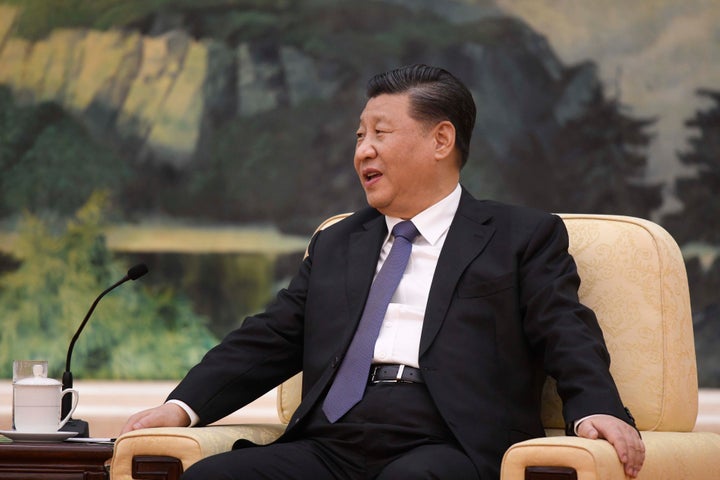
It’s a particularly busy time to be a foreign policy expert now, especially in Asia. Even as tensions between India and China continue over the standoff and clash in Ladakh, Beijing has begun another border dispute — with Bhutan.
China reportedly objected to a grant request for Sakteng Wildlife Sanctuary in Bhutan’s Trashigang district at a meeting of the Global Environment Facility (GEF). Beijing, according to Strat News Global, claiming that the sanctuary was located in a disputed area between Bhutan and China.
The GEF Council dismissed China’s objections.
On China’s insistence that the footnote mention its objection, the Strat News Global report quoted the GEF Secretariat as saying that the footnote would only record the fact that China objected and the reasons could come in the highlights of the discussion. The highlights are a less formal record.
Thimphu, according to India Today, sent a strong note to the representative handling Bhutan, which said, “Sakteng Wildlife Sanctuary is an integral and sovereign territory of Bhutan.” While rejecting China’s claims, Bhutan also said that this area did not ever come up during boundary talks between the two countries.
Bhutan did not have its own representative and was instead represented by Indian IAS officer Aparna Subramani from the World Bank, the report added. Thimphu also urged the GEF council to remove all references to China’s claims from its documents.
Trashigang district is in Eastern Bhutan, across the border from West Kameng District of Arunachal Pradesh.
As Bhutan has claimed, this is the first time China has called Sakteng area in Trashigang a disputed territory, Sangeeta Thapliyal, Professor of Inner Asian Studies, School of International Studies at Jawaharlal Nehru University, told HuffPost India.
Bhutan and China have an ongoing border dispute, but the talks have been limited to three areas — Jakarlung and Pasamlung areas and one in West Bhutan — Strat News Global pointed out. Sakteng is not part of any of these.
Thapliyal also said that the latest instance is a continuation of the Chinese strategy to pressurise Bhutan — which has close relations with India — and challenge India’s relations with it as both the countries are treaty-bound to work closely with each other on issues of national interests.
Under the 2007 India-Bhutan Friendship Treaty (the 1949 Treaty was upgraded in 2007), both the countries have agreed to “cooperate closely with each other on issues relating to their national interests”.
In 2017, India and China were engaged in a two-month long standoff in the Doklam area, which was resolved after both sides agreed to withdraw its troops. The standoff happened when the Chinese side tried to construct a road in the area and India sought to desist Beijing from changing the status quo.
The Ministry of External Affairs had said in a June 2017 press release that Bhutan lodged a protest with the Chinese government in the matter.
China’s territorial claims
China, as Thapliyal pointed out, has become aggressive in its territorial claims in the South China Sea, East China sea and the Himalayas. In the Himalayas, she said the Chinese posturing is to pressurise India either in Ladakh or through Nepal.
In an interview with HuffPost India, Probal Dasgupta, an ex-Indian Army officer and author of Watershed 1967: India’s Forgotten Victory Over China, said that India needs to be more involved in the Indian Ocean region where China is vulnerable.
“By staying in the Himalayas and getting locked in a confrontation with China, India is playing to China’s strengths. India must play to its strengths and that is where parity can be obtained,” he said.
India has accused China of unilaterally attempting to change the status quo along the Line of Actual Control (LAC) and External Affairs Minister S Jaishankar told China’s foreign minister Wang Yi on 17 June that the Chinese side sought to erect a structure in Galwan Valley on India’s side of the LAC.
Both the countries agreed at the third round of Corps Commander-level talks to hold more talks at the military and diplomatic level to disengage, The Hindu reported.
China has also been accused of aggressively expanding its territorial claims in the South China Sea. A Chinese vessel rammed and sunk a Vietnamese fishing vessel in April and Beijing has also declared two new administrative districts in the South China Sea, prompting a protest from Vietnam.